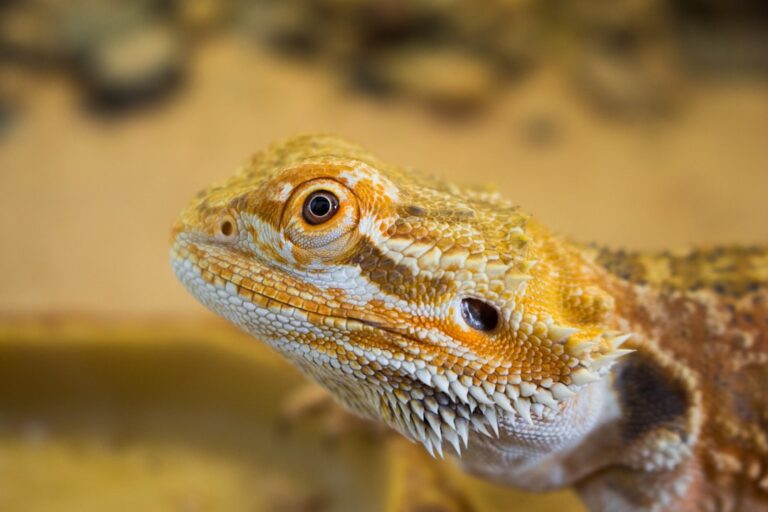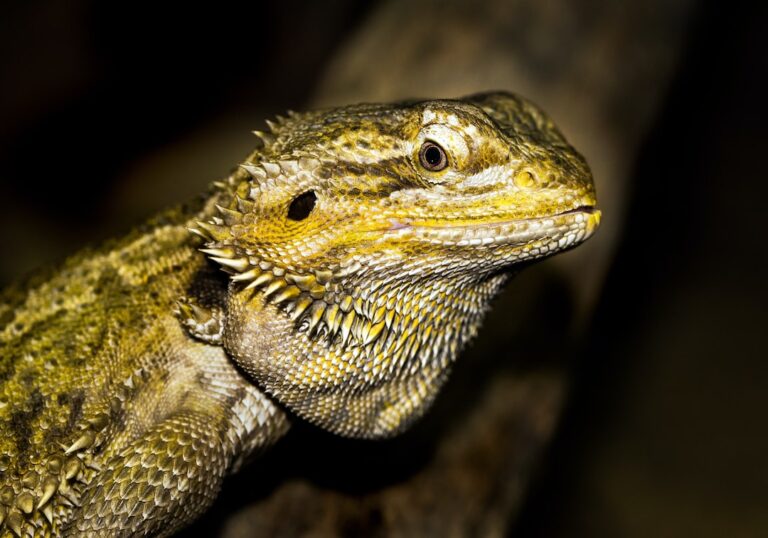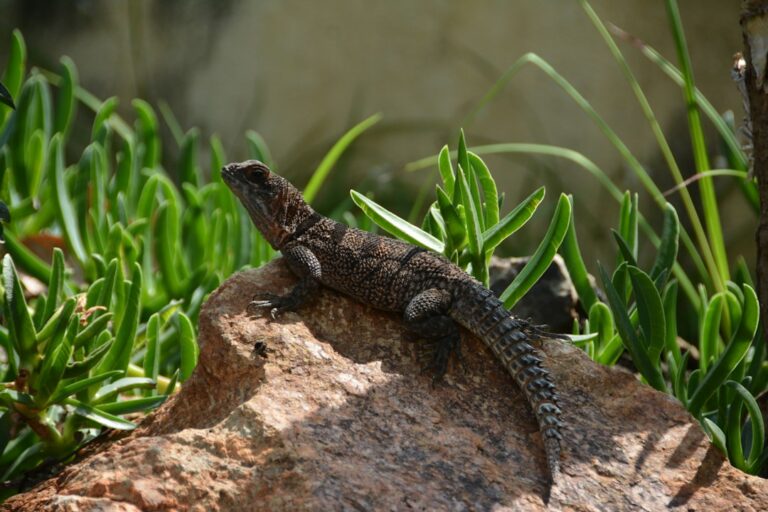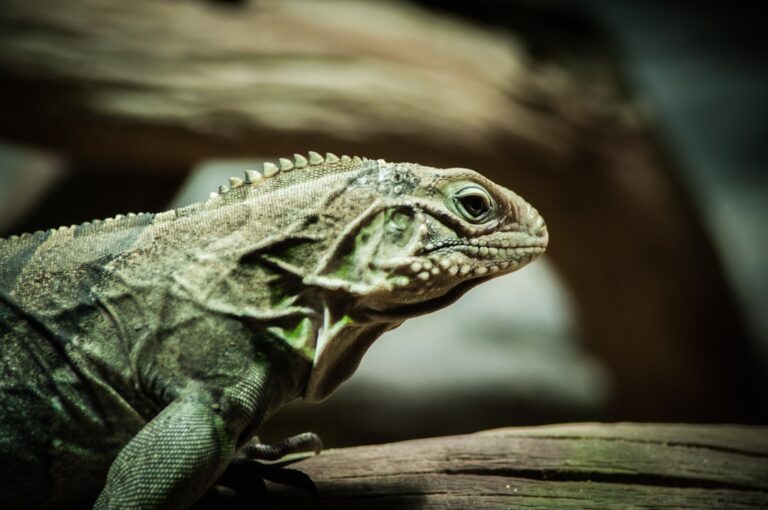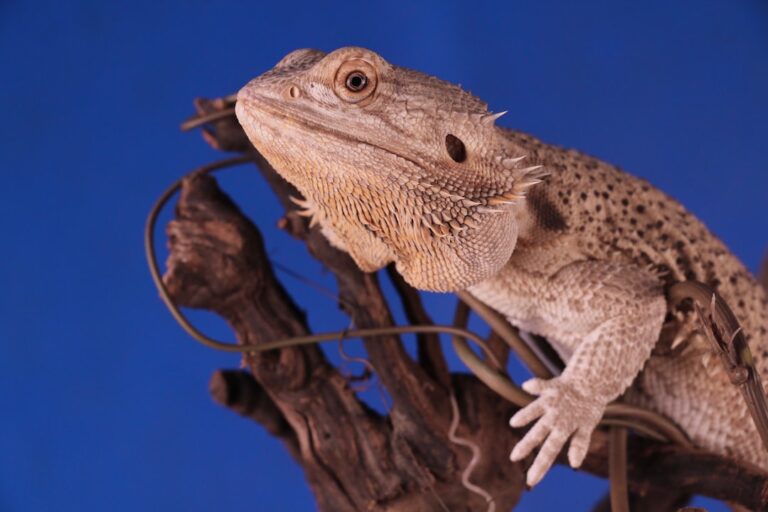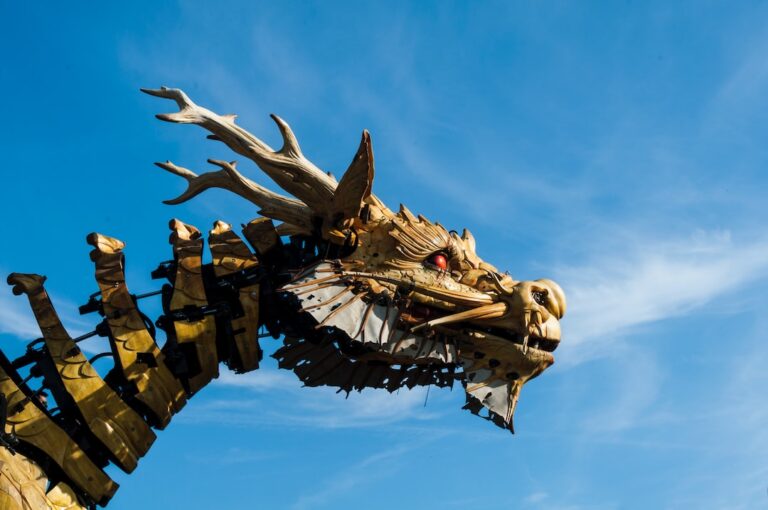Why Do Bearded Dragons Eat Sand?
Bearded dragons are popular reptile pets known for their unique appearance and docile nature. As responsible pet owners, it is crucial to provide them with a suitable environment that mimics their natural habitat as closely as possible. One essential aspect of creating a proper habitat for bearded dragons is choosing the right substrate. Substrate refers to the material that lines the bottom of the enclosure and plays a vital role in the health and well-being of these reptiles.
Table of Contents
Importance of substrate for bearded dragons
The substrate is not just for aesthetic purposes; it serves several important functions for bearded dragons. Firstly, it provides a comfortable surface for them to walk, rest, and dig on. Bearded dragons are known to spend a significant amount of time on the ground, so having a suitable substrate is crucial for their overall well-being.
Secondly, the substrate plays a role in maintaining proper humidity levels within the enclosure. Bearded dragons require a specific level of humidity to stay healthy, and the right substrate can help regulate moisture levels by absorbing or releasing moisture as needed.
Furthermore, the substrate also contributes to the overall enrichment and mental stimulation of bearded dragons. It allows them to engage in natural behaviors such as digging and burrowing, which are essential for their physical and mental health.
Natural habitat of bearded dragons
Bearded dragons are native to the arid regions of Australia, where they inhabit a variety of environments ranging from deserts to woodlands. In their natural habitat, they encounter different types of substrates such as sand, soil, rocks, and leaf litter.
The substrate in their natural habitat serves multiple purposes. It provides a stable surface for them to walk on and helps regulate their body temperature by absorbing or reflecting heat. Additionally, it allows them to dig burrows for shelter and protection from extreme temperatures.
The role of sand in bearded dragon digestion
One of the most debated topics when it comes to bearded dragon substrate is the use of sand. Many people are concerned that sand can cause impaction, a condition where the reptile’s digestive system becomes blocked. However, when used correctly, sand can actually aid in the digestion process for bearded dragons.
In their natural habitat, bearded dragons consume a variety of insects and vegetation, including small stones and sand particles. These particles help grind down their food in their digestive system, aiding in the breakdown and absorption of nutrients. Therefore, providing a small amount of sand in their enclosure can mimic their natural diet and aid in digestion.
It is important to note that using fine-grain sand or excessive amounts of sand can increase the risk of impaction. Therefore, it is crucial to choose the right type of sand and monitor your bearded dragon’s behavior and stool consistency to ensure they are not ingesting too much sand.
How bearded dragons use sand for thermoregulation
Bearded dragons are ectothermic animals, meaning they rely on external sources of heat to regulate their body temperature. In their natural habitat, they utilize the sand as a means of thermoregulation.
Bearded dragons bask under the sun to absorb heat and then move to cooler areas to regulate their body temperature. The sand acts as an insulator, retaining heat from the sun and providing a warm surface for them to rest on. By burrowing into the sand or lying on its surface, they can adjust their body temperature as needed.
Having the right temperature gradient within the enclosure is crucial for bearded dragons’ overall health and well-being. The substrate plays a significant role in maintaining this gradient by providing a suitable surface for them to regulate their body temperature.
The benefits of sand for bearded dragon hygiene
Another important aspect of substrate for bearded dragons is hygiene. Bearded dragons are known to defecate in their enclosure, and having the right substrate can help keep them clean and prevent the spread of bacteria.
Sand is an excellent substrate for promoting cleanliness as it allows the waste to sink into the substrate, keeping the surface relatively clean. This makes it easier for pet owners to spot and remove waste during regular cleaning routines.
Additionally, sand provides a natural environment for bearded dragons to engage in self-cleaning behaviors. They may rub against the sand or dig shallow pits to remove shed skin or debris from their bodies.
The dangers of improper substrate for bearded dragons
While substrate is essential for bearded dragons, using the wrong type of substrate can pose risks to their health. One common mistake is using loose substrates such as loose sand or wood chips that can be ingested by the reptile.
Ingesting loose substrates can lead to impaction, a potentially life-threatening condition where the digestive system becomes blocked. This can result in loss of appetite, lethargy, and even death if not addressed promptly.
Another danger of improper substrate is the risk of bacterial growth. Certain substrates, such as organic materials like soil or moss, can harbor harmful bacteria that can cause infections in bearded dragons. It is crucial to choose a substrate that is easy to clean and does not promote bacterial growth.
Different types of sand for bearded dragons
When it comes to using sand as a substrate for bearded dragons, not all sands are created equal. There are several types of sand available on the market, each with its own pros and cons.
Calcium-based sands are often recommended for bearded dragons as they provide additional calcium supplementation when ingested. These sands are made from crushed shells or limestone and can help prevent calcium deficiencies in bearded dragons.
Silica-based sands, such as play sand or reptile sand, are also commonly used as substrates for bearded dragons. These sands are fine-grained and mimic the texture of the sand found in their natural habitat. However, it is important to ensure that the sand is free from any additives or chemicals that could be harmful to the reptile.
It is crucial to avoid using sands that are too fine or dusty, as they can be easily inhaled by bearded dragons and cause respiratory issues. Additionally, coarse sands or sands with sharp edges should be avoided to prevent injury to the reptile.
How to properly prepare sand for bearded dragons
Regardless of the type of sand chosen, it is essential to properly prepare it before introducing it into the enclosure. This helps ensure that any potential contaminants or harmful particles are removed.
To prepare sand for bearded dragons, start by thoroughly rinsing it with water to remove any dust or loose particles. It is recommended to rinse the sand multiple times until the water runs clear.
After rinsing, the sand should be baked in the oven at a low temperature (around 200°F) for a couple of hours. This helps kill any bacteria or parasites that may be present in the sand.
Once the sand has been rinsed and baked, it can be added to the enclosure. It is important to monitor your bearded dragon’s behavior and stool consistency when introducing a new substrate to ensure they are not ingesting too much sand.
Common misconceptions about bearded dragons and sand
There are several common misconceptions surrounding the use of sand as a substrate for bearded dragons. One of the most prevalent misconceptions is that all types of sand are dangerous and can cause impaction.
While it is true that using improper sand or excessive amounts of sand can increase the risk of impaction, when used correctly, sand can actually benefit bearded dragons’ digestion and overall health.
Another misconception is that bearded dragons should never ingest any substrate. While it is important to minimize substrate ingestion, small amounts of sand or other suitable substrates can be beneficial for bearded dragons’ natural behaviors and digestion.
It is crucial to do thorough research and consult with a reptile veterinarian to ensure you are providing the best substrate for your bearded dragon’s specific needs.
Alternative substrates for bearded dragons
For those who are hesitant to use sand as a substrate, there are alternative options available that can still provide a suitable environment for bearded dragons.
One popular alternative is reptile carpet or terrarium liners. These are fabric mats that can be easily cleaned and reused. They provide a stable surface for bearded dragons to walk on and prevent the risk of impaction.
Another option is tile or slate, which provides a solid surface that is easy to clean and does not pose a risk of ingestion. However, it is important to ensure that the tile or slate does not become too hot or cold, as this can affect the bearded dragon’s body temperature regulation.
Paper towels or newspaper can also be used as temporary substrates, especially for young or sick bearded dragons. These materials are easy to clean and replace, but they do not provide the same level of enrichment as other substrates.
In conclusion, choosing the right substrate for bearded dragons is crucial for their overall health and well-being. The substrate plays a role in their digestion, thermoregulation, hygiene, and overall enrichment.
While sand can be a suitable substrate when used correctly, it is important to choose the right type of sand and monitor your bearded dragon’s behavior and stool consistency to prevent impaction.
There are alternative substrates available for those who are hesitant to use sand, such as reptile carpet, tile, or paper towels. It is important to consider the pros and cons of each option and choose the one that best suits your bearded dragon’s needs.
Ultimately, providing a suitable substrate is just one aspect of creating a proper habitat for bearded dragons. It is important to consider other factors such as temperature, lighting, and diet to ensure the overall health and well-being of these fascinating reptiles.
If you’re curious about the fascinating world of reptiles, you might be interested in an article titled “The Science Behind Bearded Dragon Ears: What You Need to Know.” This informative piece explores the unique anatomy and function of bearded dragon ears, shedding light on why these reptiles are able to hear sounds that are beyond human perception. Discover the incredible adaptations that allow bearded dragons to navigate their environment and communicate with each other. To learn more about the science behind bearded dragon ears, check out this article.


